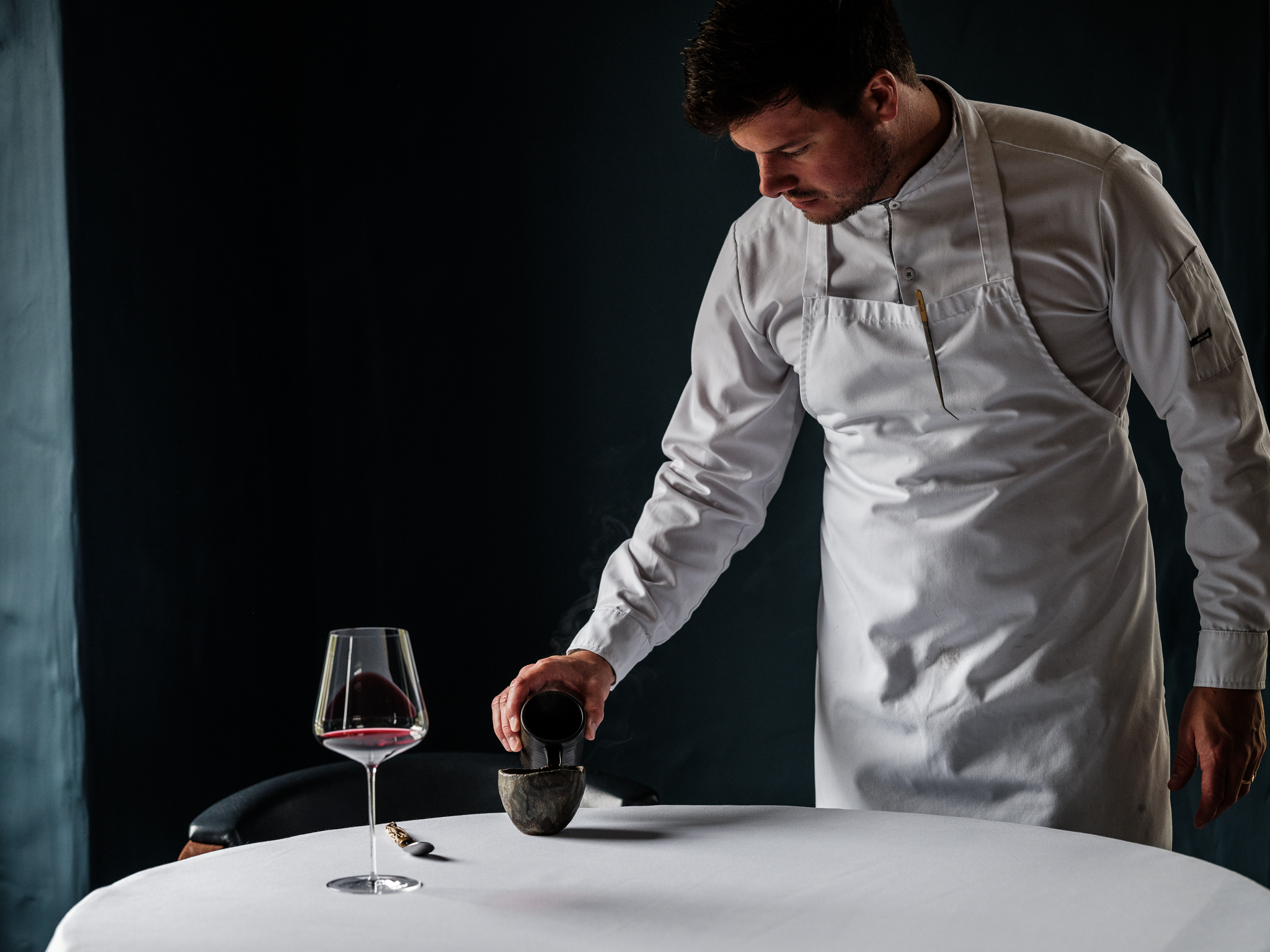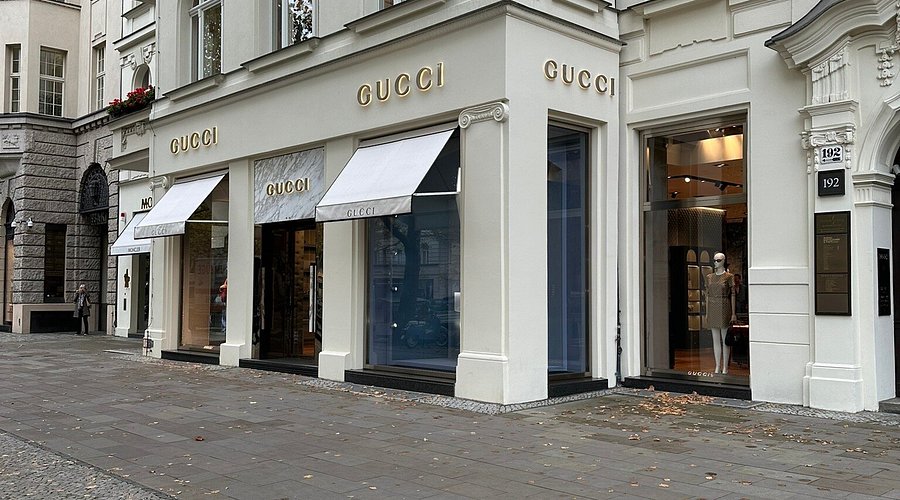From Michelin to Molecular: Elite Investors Drive Gastronomy into Billion-Dollar Asset Class
By
John Carter
Last updated:
September 12, 2025
First Published:
September 12, 2025

Photo: FlyVictor
The evolution of culinary luxury
Dining has always been a reflection of culture and refinement, but for the ultra-wealthy, it has transformed into an asset class. Elite investors are increasingly treating gastronomy as more than an indulgence. High-end restaurants, innovative culinary concepts, and gastronomic experiences are now avenues for financial investment and status signaling.
Michelin stars as a financial strategy
Michelin-starred restaurants have always been prestigious, but they are now recognized for their investment potential. Backers provide capital not only for operations but also to enhance brand value and exclusivity. The allure of owning a share in a celebrated restaurant blends passion for food with strategic wealth growth.
Molecular gastronomy and experiential dining
Innovation is driving the market beyond traditional luxury. Molecular gastronomy and immersive dining experiences allow chefs to create unique culinary narratives that captivate affluent clientele. These ventures are highly valued because they combine artistry, technology, and exclusivity in ways that conventional restaurants cannot.
The rise of gastronomy-focused funds
Investors are pooling resources into funds that focus exclusively on high-end dining and food experiences. These funds acquire stakes in multiple restaurants, culinary startups, and boutique food brands. The model diversifies risk while offering exposure to a sector that combines creativity with profitability.
Global hotspots for culinary investment
Cities such as Paris, New York, Tokyo, and Copenhagen have become epicenters for gastronomic wealth. Investors seek locations with cultural influence, tourism appeal, and the potential to attract top culinary talent. Scarcity and prestige amplify returns, making these markets particularly attractive to high-net-worth individuals.
Culinary prestige as social currency
Beyond financial returns, gastronomy provides cultural capital. Hosting exclusive dinners or being associated with world-renowned chefs conveys sophistication, taste, and influence. For investors, the value is as much about status as it is about profit, blending lifestyle with strategic positioning.
Technology and culinary innovation
The integration of technology in high-end dining has amplified investment appeal. Advanced kitchens, AI-driven culinary research, and personalized dining experiences enhance operational efficiency and create new forms of exclusivity. Tech-savvy investors see these innovations as pathways to scalable, profitable ventures.
Sustainability and ethical investment
Sustainability has become central to culinary luxury. Investors prioritize restaurants and food brands that emphasize local sourcing, waste reduction, and eco-conscious practices. These values resonate with socially aware clientele while ensuring long-term viability, aligning ethical responsibility with financial growth.
Challenges in the culinary investment world
Despite its potential, gastronomy investment carries risks. Operational costs, talent retention, and market trends can affect returns. Success depends on careful curation, branding, and maintaining the delicate balance between culinary excellence and commercial viability.
Redefining wealth through taste and experience
The transformation of gastronomy into a billion-dollar asset class illustrates a new approach to luxury and investment. Elite investors are no longer content with passive assets. They seek experiences that merge financial acumen with cultural influence, turning meals into markers of wealth, taste, and innovation.
Subscribe to unlock premium content
Sed at tellus, pharetra lacus, aenean risus non nisl ultricies commodo diam aliquet arcu enim eu leo porttitor habitasse adipiscing porttitor varius ultricies facilisis viverra lacus neque.
A comprehensive guide on Agile development

10 Productivity tools that are worth checking out

Top 7 Must have management tools for productivity

A comprehensive guide on Agile development

10 Productivity tools that are worth checking out

A comprehensive guide on Agile development








.png)
